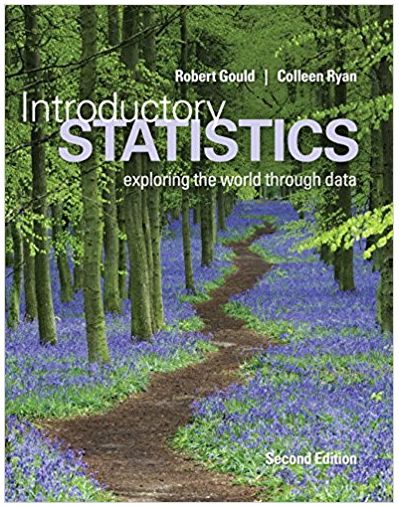Question:
We performed a randomization test to determine whether the mean number of days since an ethics professor contacted his or her mother is different from the mean number of days for a professor in a field other than ethics. The data consisted of a random sample of 30 ethics professors and 30 professors in fields other than ethics. The histogram shows the results of 1000 randomizations of the data. In each randomization, 30 values were randomly determined to be in the "Ethics" group and the other 30 in the "Other" group. The mean difference was calculated and recorded. Note that the
distribution of the differences of these means is centered at about 0, because the randomization forced the null hypothesis to be true. The observed sample mean time since last contact for professors in other fields minus the sample mean time for ethics professors is shown by the red vertical line. The p-value for the one-sided hypothesis that the mean time since professors in other fields contacted their mothers is less than the mean time for ethics professors is shown in the numerical output. Does this show that ethicists have less recent contact or not, using a significance level of 0.05? Comment on both the histogram and the table of output.
Distribution
The word "distribution" has several meanings in the financial world, most of them pertaining to the payment of assets from a fund, account, or individual security to an investor or beneficiary. Retirement account distributions are among the most...
Transcribed Image Text:
Frequency 150 100 50 1o 10 -5 Resampled stabstics statistic mean(subset(Days,Profs Other)) " mean(subset(Days,profs = Eth)) Obscrveda Std. dev. 2.ther.Sth per. soth per. 9sth per, 97.5th per. 9.5333333 1000 -0.011666667 4.5617387 -8.5333333-7.8333333 1 017.63333331 0.3333333 The table below includes the observed permutation wth resamples. Observed Proportion Observed Proportion Observed 9.5333333 0.008991009 0.99200799
-1.png)
-2.png)







